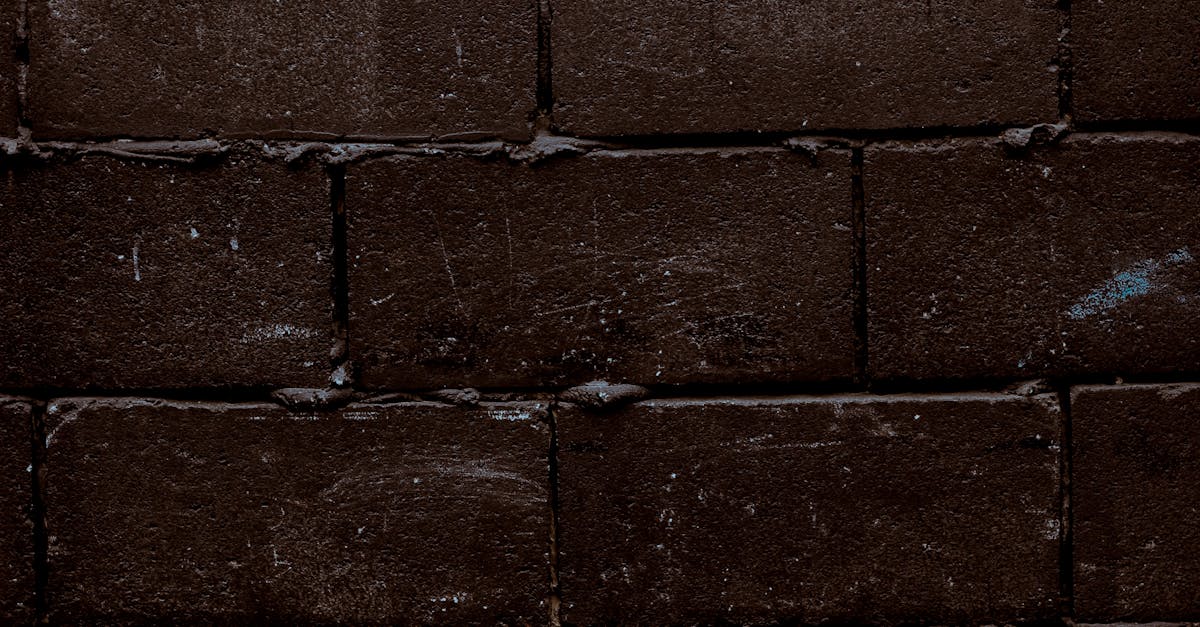
Stone cladding is a decorative layer of stone applied to buildings, providing a natural and aesthetically pleasing finish. In Australian architecture, it's used to enhance the exterior appearance and increase the property value.
How does stone cladding increase property value?Stone cladding enhances the visual appeal of a property, making it more attractive to potential buyers. Its durability and low maintenance requirements also contribute to higher resale values, making it a worthwhile investment for homeowners.What are the acoustic insulation benefits of stone cladding?
Textured Wall Cladding in Different Environments
Outdoor spaces often benefit from textured wall cladding due to its durability and ability to withstand various weather conditions. Natural materials like stone and timber can enhance the aesthetic appeal of façades, blending seamlessly with the surrounding landscape. These materials not only contribute to a distinctive look but also provide solid protection against environmental factors. Textured surfaces can help mask wear and tear from the elements, ensuring the structure maintains its visual integrity over time.
Outdoor applications of textured wall cladding often prioritise durability and weather resistance. These materials must withstand various environmental challenges such as UV radiation, moisture, and extreme temperatures. Popular choices for external cladding include natural stone, composite materials, and durable timber products. These options not only offer aesthetic appeal but also enhance the longevity of structures while providing necessary insulation and protection against the elements.
When considering indoor applications, the focus shifts towards aesthetics and functionality. Textured wall cladding can create visual interest and warmth in a space, making it ideal for feature walls, reception areas, or private spaces. The range of materials available for indoor use is vast, from lightweight options like gypsum and PVC to more traditional choices such as wood and stone. These allow for greater design flexibility, enabling homeowners and designers to tailor the atmosphere and character of the interior environment.
Design Considerations for Textured Wall Cladding
When selecting textured wall cladding, consider the overall architectural style of the building. The texture should harmonise with both the interior and exterior elements. For modern structures, sleek and minimalist textures can emphasise clean lines. In contrast, rustic or rough textures may complement traditional or heritage designs. The choice of texture can also play a crucial role in setting the mood of a space, influencing feelings of warmth or sophistication.
Durability and maintenance are additional factors that should guide the selection process. Some textures may require more frequent cleaning or treatment to maintain their appearance. Assessing the local climate and environmental conditions can also inform your choice. For instance, in coastal areas, cladding materials should resist moisture and salt spray. Prioritising both aesthetics and practicality ensures that the wall cladding enhances the space while standing the test of time.
Choosing the Right Texture for Your Space
Selecting the appropriate texture for wall cladding involves understanding the characteristics of the space in which it will be used. Different textures can create varying visual effects, influencing how light interacts with surfaces. For example, a rough-hewn finish can add depth to a room while matte textures may lend a more understated sophistication. Additionally, the choice of texture should align with the overall aesthetic goals, ensuring a cohesive look with other design elements present in the environment.
Copyright © Sydney Stone Wall Cladding. All rights reserved.
Consideration of functionality is equally important when choosing the right texture. High-traffic areas may require finishes that withstand wear and tear, while spaces aimed at relaxation might benefit from softer, more inviting textures. Factors such as maintenance needs and durability play integral roles in this decision-making process. Taking these aspects into account will help in creating a space that is not only visually appealing but also practical for everyday use.
Environmental Impact of Wall Cladding Materials
The choice of materials used for wall cladding can significantly influence the overall environmental impact of a building project. Traditional options, such as brick and concrete, generally require significant energy for production and transport. Their long-term durability can, however, offset these initial costs by reducing the need for replacements. Other materials, like timber, offer a renewable option but may raise concerns over sustainable sourcing practices and deforestation.